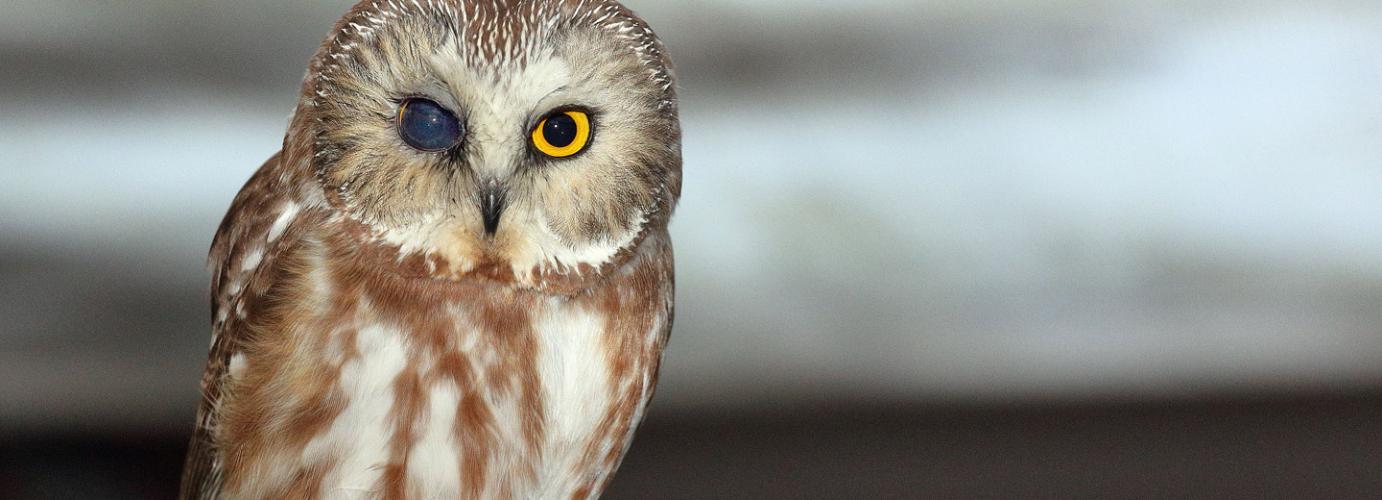Support Us
Since 1979 more than 140,000 animals have been treated by Wildlife Rescue.
Thanks to the support of individuals like you, Wildlife Rescue can provide a lifeline for animals in distress.

We tend to associate the Fall months with full moons, falling leaves, and owls. Why owls? It is this time of year when you are most likely to spot an owl as it is nesting season for several species of owls! The owl you are most likely to see during this time is the Great Horned Owl.
Great Horned Owls live throughout North America year-round. They are larger than other North American owls (up to 2 feet in height), and so other owl species will not risk nesting near them.
Want to spot one of these magnificent birds? Here are some helpful tips:
Location: To start, check local websites and bird-watching groups to find out where recent sightings have occurred.
Prepare:
Equipment:
If there are owl enthusiast groups in your area, join in! Linking up with knowledgeable owl-watchers may help you have an enjoyable and successful experience.
Support Your Local Wildlife Today!